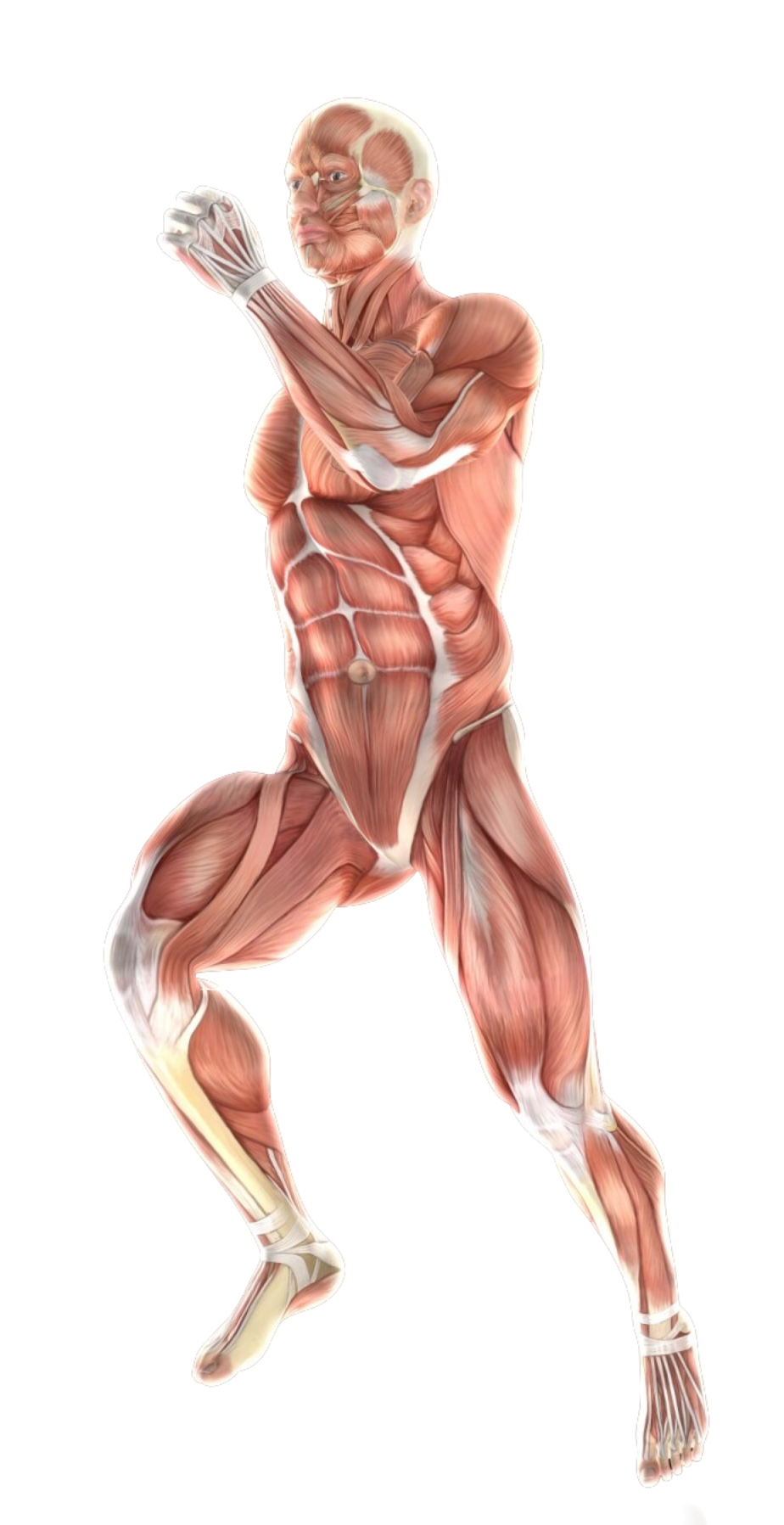- #11-13 Mount Elizabeth Medical Centre (Orchard)
- Mon Fri 9am — 6pm | Sat 9am — 12.30 pm
Osteoarthritis (OA) of the hip, also known as degenerative disease of the hip, is the most common form of arthritis affecting the hip joint. It is a chronic condition characterized by the breakdown of cartilage, the smooth, cushioning tissue that protects the ends of bones where they meet in a joint. This disorder causes pain, stiffness and reduced mobility in the hip.
Although osteoarthritis can affect any joint in the body, the hip is a weight-bearing joint and is especially susceptible to tearing over time. In osteoarthritis of the hip, the cartilage gradually wears away, exposing the underlying bone.
The most common symptom of osteoarthritis of the hip is pain in the back, hips, or thighs. This pain can be:
Although the exact cause of osteoarthritis is not fully understood, several factors may contribute to its development:
A diagnosis of hip osteoarthritis usually includes:
A health care professional will examine the hip joint for
Although X-rays are not always diagnostic for the early stages of osteoarthritis, they can be helpful for:
Based on the medical history, physical examination, and the results of any imaging tests, a healthcare professional will be able to determine the diagnosis of osteoarthritis of the hip and the severity of the condition.
Although age is the primary risk factor, other factors can increase the chance of developing hip osteoarthritis:
There are several strategies to manage pain, improve function, and slow the progression of the disease. Treatment usually involves a non-surgical approach, including:

Spine - Neck
Shoulder & Elbow
Spine — Back
Wrist & Hand
Knee Pain
Ankle Pain
Foot Pain
Book a consultation with us for a more comprehensive diagnosis and a personalised treatment plan best suited to your needs.

Spine - Neck
Shoulder & Elbow
Spine — Back
Wrist & Hand
Knee
Ankle
Foot